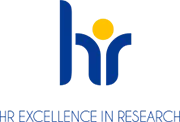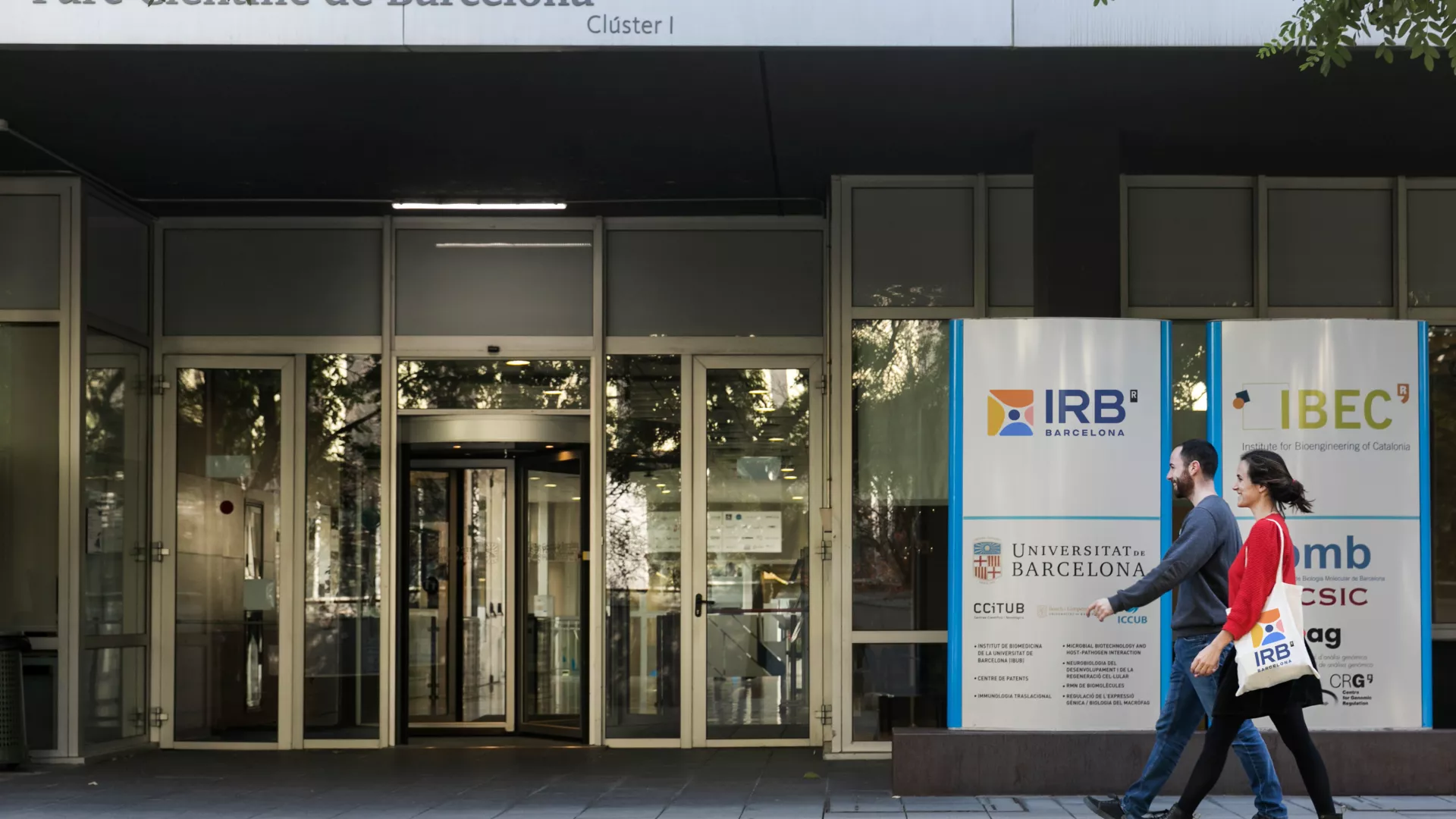In 2005, the European Commission recommended that research institutes explicitly support the Charter & Code. The European Charter is a set of general principles and requirements that specifies the roles, responsibilities, and entitlements of researchers, as well as those of employers and/or funders of researchers. It seeks to ensure that the relationship between these parties contributes to successful performance in the generation, transfer, and sharing of knowledge, and to the career development of researchers. The Code of Conduct for the recruitment of researchers consists of a set of general principles and requirements to be followed by employers and/or funders when appointing or recruiting researchers. It aims to improve recruitment and to make selection procedures fairer and more transparent, and it proposes various means of judging merit: merit should not be measured merely on the basis of the number of publications but on a wider range of evaluation criteria, such as teaching, supervision, teamwork, knowledge transfer, management and public awareness activities.
The Human Resources Strategy for Researchers can be considered a tool to put the principles of the Charter & Code into practice. In order to achieve this, the Human Resources Strategy for Researchers follows fives steps:
- Step 1: An internal analysis by the participating research institution, involving all key stakeholders, to compare compliance of current policies and practices with the Charter & Code principles.
- Step 2: On the basis of the results of this analysis, the participating institution or organisation develops its own HR strategy for researchers, which should include a concrete action plan. This document is made public.
- Step 3: The analysis and action plan are then reviewed and acknowledged by the European Commission. The acknowledgement implies the right to use the 'HR Excellence in Research' logo.
- Step 4: Progress in the implementation of the strategy and action plan is subjected to a self-assessment after 2 years.
- Step 5: An external evaluation is carried out at least every 4 years.
This is a cyclical process of continuous improvement.

